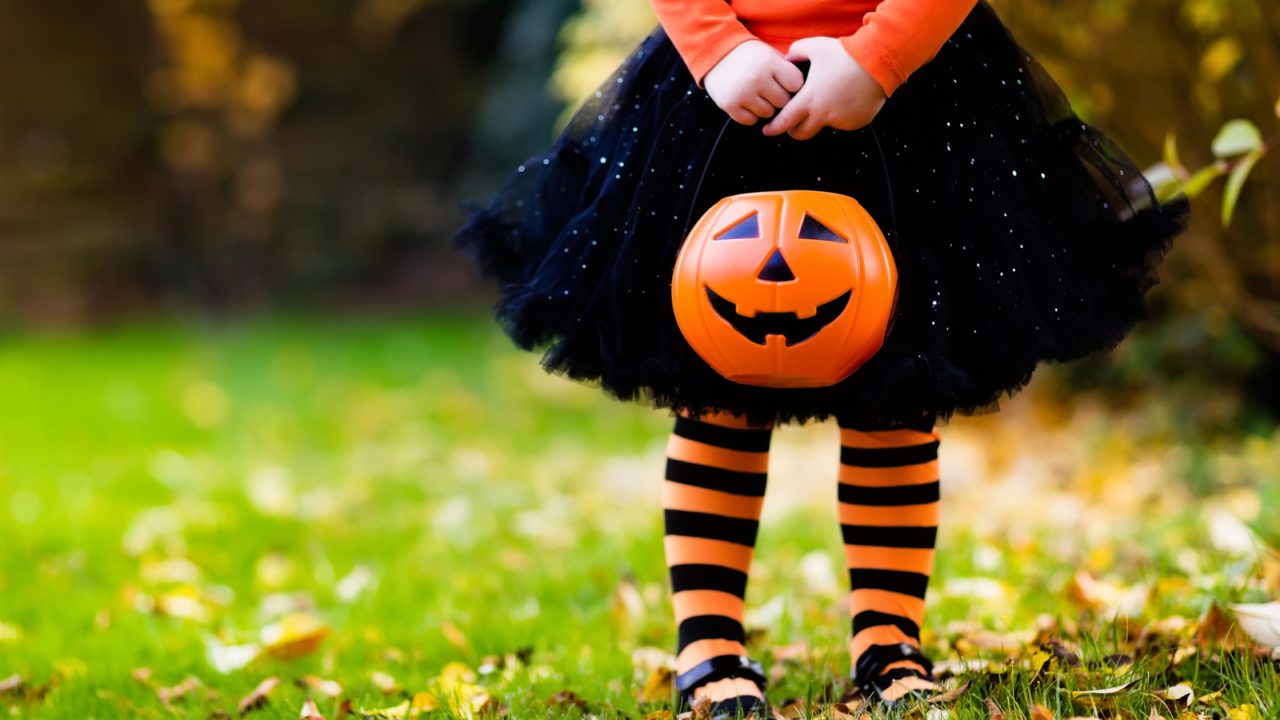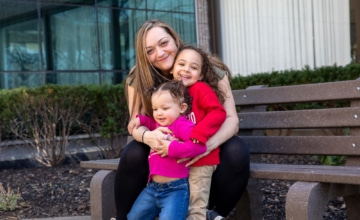How can parents choose Halloween costumes that are respectful of other cultures?
Q: My toddler wants to dress up for Halloween as Moana (a Disney princess from Polynesia). We are white, and I am wondering if this ok or not ok?
A: Thanks for that thought-provoking question. Whether or not it’s ok to dress up as someone from another race or culture comes up in many families. We don’t have the final answer on this one, but we’ve raised some issues for you to consider as you think this decision through.
Let’s start with Halloween costumes for under-three’s: They look cute in anything. Halloween at this age is more for parents (and the pictures!), than the kids themselves. Your toddler may find the whole thing confusing or scary.
Preschoolers are more likely to have their hearts set on a specific costume, like a favorite movie character. This brings us to the issue you’re asking about—when people take on elements of other cultures. One big argument against this “borrowing” of another culture is that the borrower is playing at being part of that culture and ignoring a long history and experience of oppression. This borrowing can also disrespect something that is deeply important to members of that culture, like traditional dress (for example, Native American regalia.)
What about dressing like a media character like Moana?
We know that even as toddlers, children are developing an awareness of differences, including race. At the same time, their pretend play skills are growing by leaps and bounds. You’ll see young children try on lots of different identities: a mom, an astronaut, a dog, and yes, a princess from another culture. In terms of Halloween, experts have different opinions on how to approach character costumes:
- Some believe that white children should never dress up as characters from another culture because it makes people from those cultures feel less human—as if their identity is a costume.
- Other experts point out that today’s kids have a diverse bunch of heroes to choose from and that’s a good thing. We have Black Panther, Tiana/Prince Naveen, Moana/Maui, Mulan, and Jasmine/Aladdin, where once there was only a very blonde, very white Cinderella. Parents can point out that although Moana is pretend, there are real people who live on the Polynesian islands that inspired the movie, including Hawaii, Samoa, Tonga, and Tahiti. You can show your child pictures or watch online videos to introduce them to these places, cultures, languages, and people.
- If you allow your child to dress as Moana, it’s important that the costume looks like Moana specifically, rather than generic Polynesian dress. The Moana costume is about pretending to be the character Moana. Wearing “typical” Polynesian dress would be borrowing from this culture in a disrespectful way—pretending to be Polynesian (a real place, culture, and people) for Halloween.
What about other costumes?
Here are some tips for showing respect for other cultures when Halloween rolls around over the next few years.
- Never, under any circumstances, change the color of your child’s skin as part of the costume. This suggests that skin color is a costume, rather than an important part of a person’s identity. It also plays into a dangerous history of blackface and racial stereotypes, much of which continues to plague Black and Brown communities today.
- Avoid costumes from cultures with a long history of oppression—for example, dressing as Native Americans or “gypsies,” which is offensive to the Romani People.
- Avoid stereotypes in costume choices—like a sombrero. The same goes for hairstyles from other cultures (box braids or dreadlocks).
Halloween is the perfect opportunity to continue family conversations about race and culture. Together, you can learn about diverse cultures and ways of being in the world. And together, you can find ways to celebrate that are fun and respectful.



